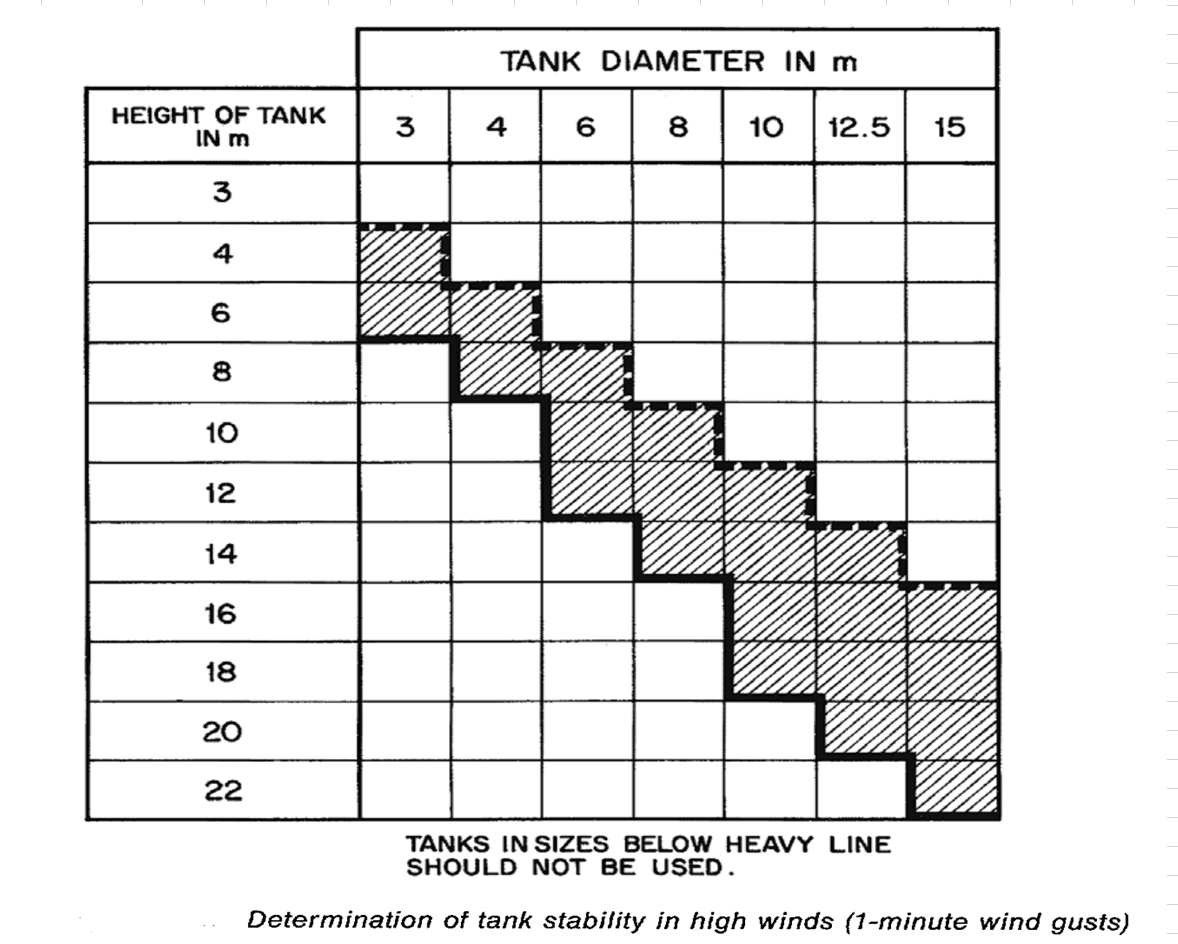I don't have API 521 with me so I don't know if the way you have modeled the system is correct. However, assuming how you show the system is correct then the way I would approach it is as follows. I will discuss in Imperial Units as that is what I normally work in. I am not familiar with your equation which appears to be a calculation which determines the flowrate for flow meter applications, so I will use equations I am used to working with. This also assumes that the pipe inlet velocity upstream of the orifice is negligible, this avoid having to use the expansion factor Y in your equations.
Assume the second orifice is at choked flow and sonic velocity and calculate the mass flow rate. This would necessarily be the case with 345 barg (5004 psig) upstream pressure and 0 psig downstream pressure, or pressure downstream only due to friction in the downstream piping. This would be worst case if there were no pressure drop in the first orifice since the pressure upstream of the second orifice would then be the pressure upstream of the first orifice Po. In such case the critical sonic flow pressure in the first orifice bore would be
P = 0.537(5018.7 psia)=2694 psia. This is based on a natural gas k-value of 1.32.
The sonic velocity V = SQRT(gk(R/MW)(2/k+1)To) = SQRT((32.2(1.32)(1545/19)(2/2.32)(571.2)) = 1305 ft/sec. This is based on a molecular weight of 19 for natural gas.
From these values I would then calculate the ideal gas mass flowrate using the actual area of the orifice bore and not a coefficient of contraction Cc to convert to an equivalent vena contracta area (Cc=1.0), and assuming there is insignificant frictional losses so Cv=1.0, and therefore Cd=Cc(Cv)=1.0 as this would be more conservative and simplifies the calculation.
Therefore mass flow through the second orifice at sonic flow conditions using the ideal gas equation:
M = PVA/ZRT Where A is the area of the orifice bore in square feet. I will also consider compressibility factor Z to be 1.0 for simplicity.
M=(2694(144)(1305)A)/((1545/19)(2/2.32)(571.2))
M = 12643(A)
You indicate that the inlet pipe is 1" size. Assuming 1" sch 160 for high pressure gives and ID of 0.815" times 0.1 (10%) =0.0815" orifice bore. So therefore area of bore = 3.62 x 10-5 ft2, and mass flow =
M = 0.46 lb/sec
This is the maximum possible flow through the second orifice considering no pressure drop in the first orifice.
Next by reasoning that without any pressure drop in the first orifice there can be no flow either. Therefore an iteration process needs to be performed to determine at what flow in the second orifice (which is somewhere below 0.46 lb/sec as we now know) will give a pressure upstream of the second orifice that will give a pressure downstream of the first orifice that will produce equal flows in both orifices. This must be the system equilibrium point – when flows across both orifices are equal.
Some assumptions are made to simplify the calculations:
Pressure drop across orifices are basically due to isentropic adiabatic expansion without friction. This is close to being true as about 90% or more of frictional pressure drop across an orifice is due to turbulent flow downstream of the orifice in the outlet pipe not across the orifice bore (see Perry’s Handbook). Also assume pressure in orifice bore is approximately equal to pressure 8.5 Diameters downstream at point of full pressure recovery as pressure recovered via velocity decrease at 8.5 D is assumed approximately equal to pressure loss in downstream piping due to friction.
Therefore pressure downstream of first orifice is assumed equal to pressure upstream of second orifice.
Based on this perform iteration process first assuming a flow less than the maximum of 0.46 lb/sec, run through the calculations and determine the resulting flow. If resulting flow is greater than assumed flow perform another iteration using a higher flow and so on until the assumed flow equals the resulting calculated flow, and flows across both orifices are equal.
First assume 0.3 lb/sec flow:
Then P downstream of second orifice = 1599 psia using ideal gas equation with V sonic = 1305 ft/sec and T sonic = (2/k+1)(To) using same ideal gas equation above but solving for P.
Then P upstream of second orifice is 1599/0.537=2977 psia based on isentropic adiabatic expansion across orifice bore. Assume this is approximately the pressure immediately downstream of the first orifice which is same as pressure in the orifice bore under sub-sonic flow conditions. The flow is sub-sonic since in order for sonic flow to exist the pressure downstream must be 2694 psia or lower.
Then T in bore of the first orifice can be found using isentropic relation T=To(P/Po)k-1/k which results in T = 455.7 R. Po,To are stagnation pressure and temperature upstream of orifice.
Then V in bore can be found based on energy equation Cp(To-T)= V2/(2g(778)) solving for V=1253 ft/sec, with Cp=0.51 for natural gas, T in Deg. R, To=517.2 stagnation temperature upstream.
Then using this V in ideal gas equation with the T and P calculated above in this iteration, a mass flow of 0.524 lb/sec is determined which is too high. So next iteration choose a higher mass flow rate and run through all calculations again.
It is determined that the iteration ends when mass assumed = mass calculated = 0.41 lb/sec in both orifices, with P in bore of first orifice = 4168 psia and T=494.5 Deg. R sub-sonic flow, P in bore of second orifice = 2238 psia, V = 762.6 critical sonic flow.
This indicates that the actual mass flow is very close to the maximum calculated flow if there were just one orifice in the line. Therefore, to be conservative, for this example I would use the maximum flow of 0.46 lb/sec as calculated for sonic flow through one orifice at Po=5018.7 psia, To=517.2 oR.
Edited by snickster, 29 October 2024 - 02:42 AM.

 FB
FB










